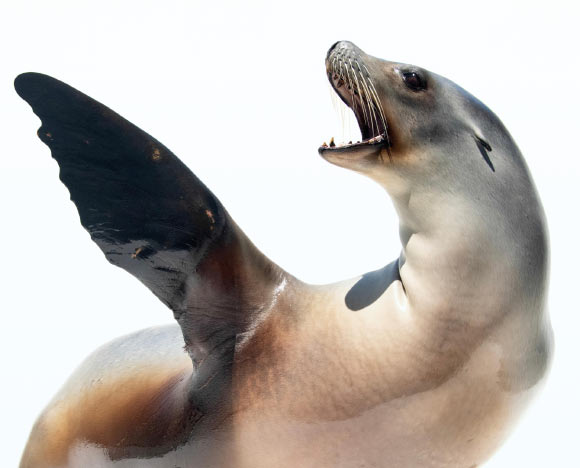New research from the Institute of Marine Sciences at the University of California Santa Cruz suggests the ability to keep time is not unique to our species.

While some mammals and birds have proved able to move in time to rhythmic cues in laboratory experiments, most vertebrates show little evidence of beat synchronization.
However, Ronan — a Californian sea lion (Zalophus californianus) — was trained to recognize and bob her head in time to the pulse of a metronome at three years old and retained this ability into maturity.
“Despite decades of research with a wide range of species, there is no broad scientific consensus on whether or not human beat keeping — that is perceiving and moving to an isochronous pulse in complex stimuli such as music — is underpinned by unique biological mechanisms,” said lead author Dr. Peter Cook and his colleagues.
“The most thorough comparative datasets on sensorimotor synchronization actually come from invertebrate animals, with some insects such as fireflies and crickets demonstrating rate-sensitive synchrony with species-appropriate signals.”
“The precision and tempo range of these insects rival the performance of humans synchronizing to rhythmic cues.”
“However, unlike humans, who are florid synchronizers with a general ability to hear and move in time to a steady beat in a wide range of stimuli including music, invertebrate synchronizers show functional fixity, only entraining to a narrow range of specific cues.”
“Most lab evidence of beat keeping in non-human vertebrates comes from psittacines (subfamily of parrots), which tend not to show the same degree of consistency and precision as do humans, and from other primates, which seem to have great difficulty with lagless beat keeping,” they added.
“The notable exception is Ronan the sea lion, who was operantly conditioned to entrain a continuous head bob movement with metronomic sounds, and then demonstrated transfer of this behavior to…
Read the full article here
